Introduction
Every fall and winter, seasonal influenza (flu) and respiratory syncytial virus (RSV) return, causing millions of illnesses in the U.S. While many cases are mild, both viruses can lead to serious complications in infants, older adults, and those with weakened immune systems.
The good news? With the right knowledge and preventive steps, you can significantly reduce your risk of infection. Let’s look at the symptoms, prevention strategies, and natural supportive measures to keep you and your loved ones safe.
What Are Flu and RSV?
- Flu (Influenza): Caused by influenza viruses A and B. It spreads through droplets when infected people cough, sneeze, or talk. The flu tends to come on suddenly and can leave you bedridden for days.
- RSV: A respiratory virus that often looks like a cold at first but can progress to bronchiolitis or pneumonia in infants, or severe lung infections in older adults. RSV is the leading cause of infant hospitalization in the U.S.
Both viruses usually peak during fall and winter but can strike earlier or later depending on community spread.
Symptoms to Watch For
Flu Symptoms
- Sudden high fever
- Severe body aches
- Chills and sweats
- Fatigue or weakness
- Sore throat and cough
RSV Symptoms
- Runny nose and cough (often mild at first)
- Wheezing or noisy breathing
- Trouble feeding in infants
- Rapid breathing or chest retractions
- Bluish lips or face (emergency sign)
👉 Key difference: Flu usually hits fast and hard, while RSV often starts like a mild cold but can become serious, especially in babies and older adults.
Prevention: Your Best Defense
1. Get Vaccinated
- Flu vaccine: Recommended yearly for everyone 6 months and older. Even if you catch the flu, vaccination can make it less severe.
- RSV protection:
- Older adults: RSV vaccines are now available and recommended for those 75+ and some 50–74 with risk factors.
- Infants: Protection can come from maternal RSV vaccination during pregnancy or monoclonal antibodies given to newborns.
2. Practice Good Hygiene
- Wash hands with soap and water often.
- Use sanitizer when soap isn’t available.
- Cover coughs and sneezes with your elbow or a tissue.
- Disinfect high-touch surfaces (doorknobs, phones, remotes).
3. Limit Exposure
- Stay away from crowded indoor spaces during peak season if possible.
- Avoid close contact with sick people.
- If you’re sick, stay home to protect others.
4. Support Your Immune System
- Eat a balanced diet with fruits, vegetables, and whole grains.
- Sleep 7–9 hours per night.
- Stay hydrated.
- Manage stress with meditation or exercise.
- Don’t smoke, and limit alcohol.
Natural & Supportive Measures
While no home remedy replaces medical care, some natural supports may help:
- Warm salt water gargle – soothes sore throat.
- Ginger tea or turmeric milk – natural anti-inflammatory support.
- Elderberry extract – some evidence it may reduce flu duration.
- Vitamin C & Zinc – may offer small immune benefits.
- Steam inhalation / humidifiers – ease congestion.
- Plenty of fluids & rest – your body heals best when hydrated and well-rested.
External References (3–4)
- CDC – Preventing Seasonal Flu
- CDC – RSV Information
- Mayo Clinic – Flu Symptoms and Causes
- Johns Hopkins Medicine – RSV Overview
🎥 Video Resource
Here’s a useful video that explains the difference between RSV and flu, symptoms, and prevention:
Final Thoughts
- Flu and RSV are common but preventable threats.
- Vaccination, hygiene, and healthy habits are your strongest defense.
- Pay attention to symptoms, especially in infants, older adults, and people with chronic conditions.
- Combine medical guidance with natural supportive measures for better overall protection.
Disclaimer
This article is for educational purposes only and does not replace professional medical advice. If you or someone you care for shows severe symptoms (difficulty breathing, persistent high fever, dehydration, or confusion), please consult a healthcare provider immediately.
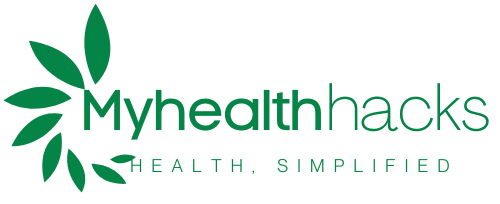
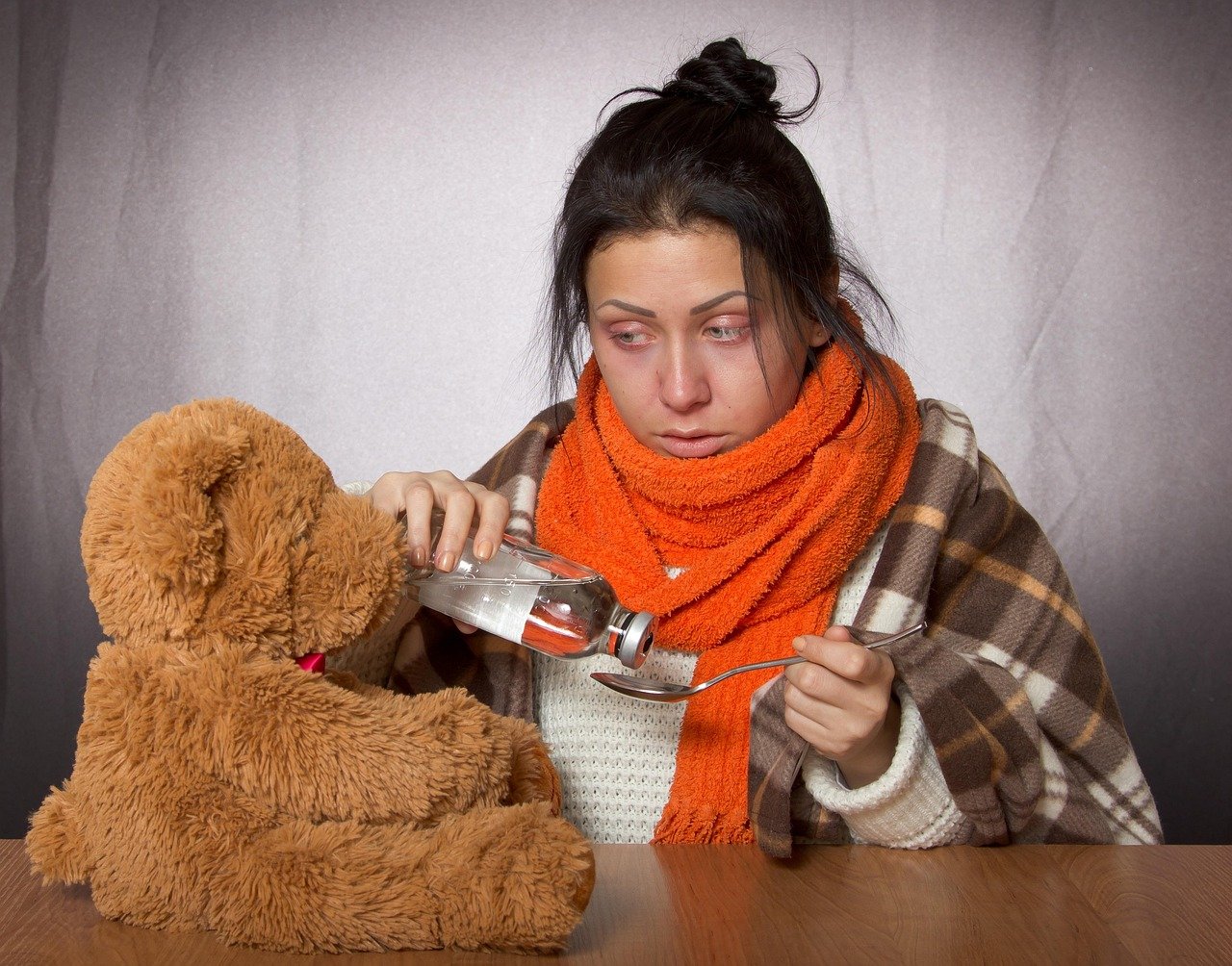
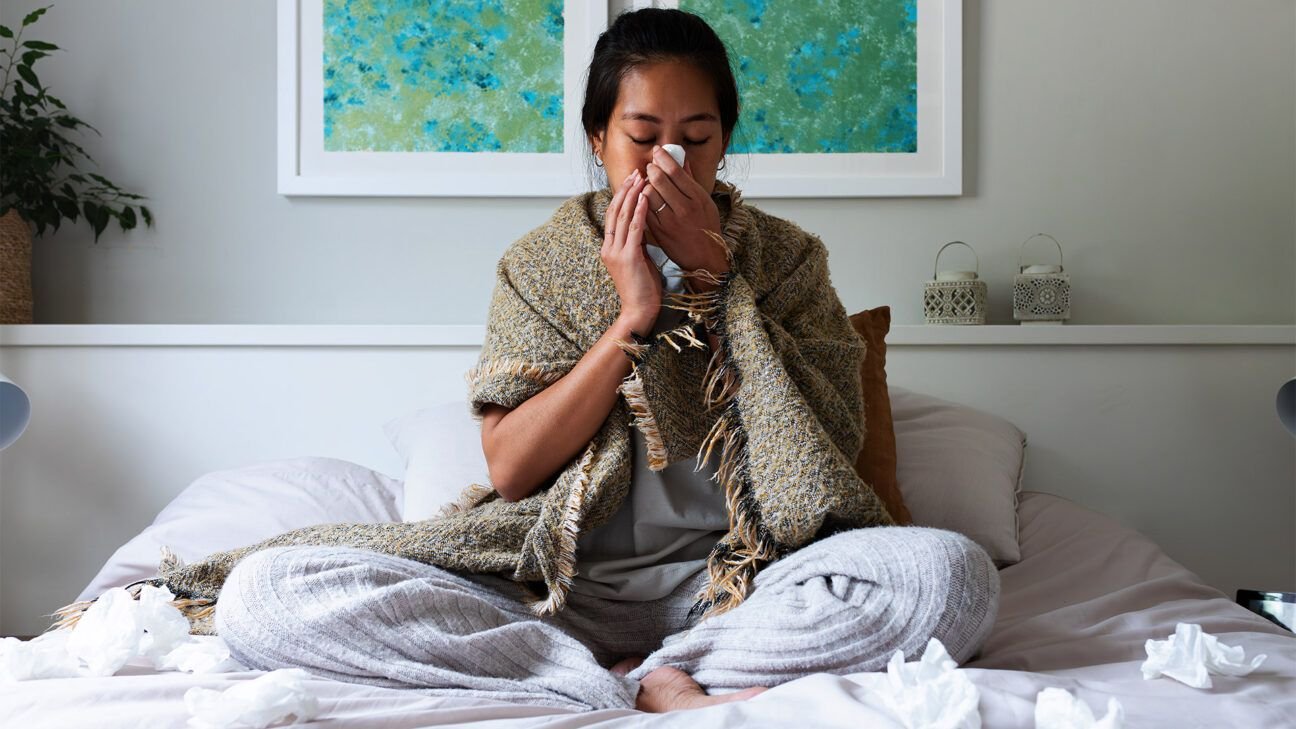
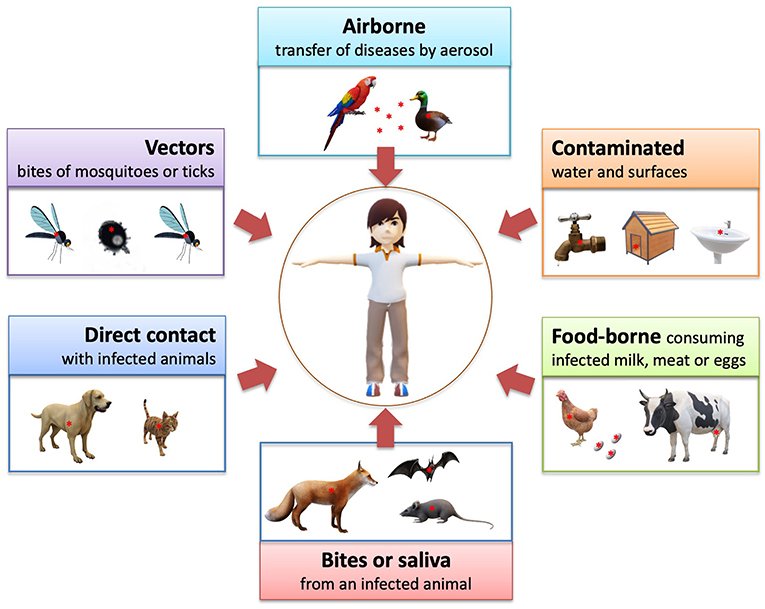
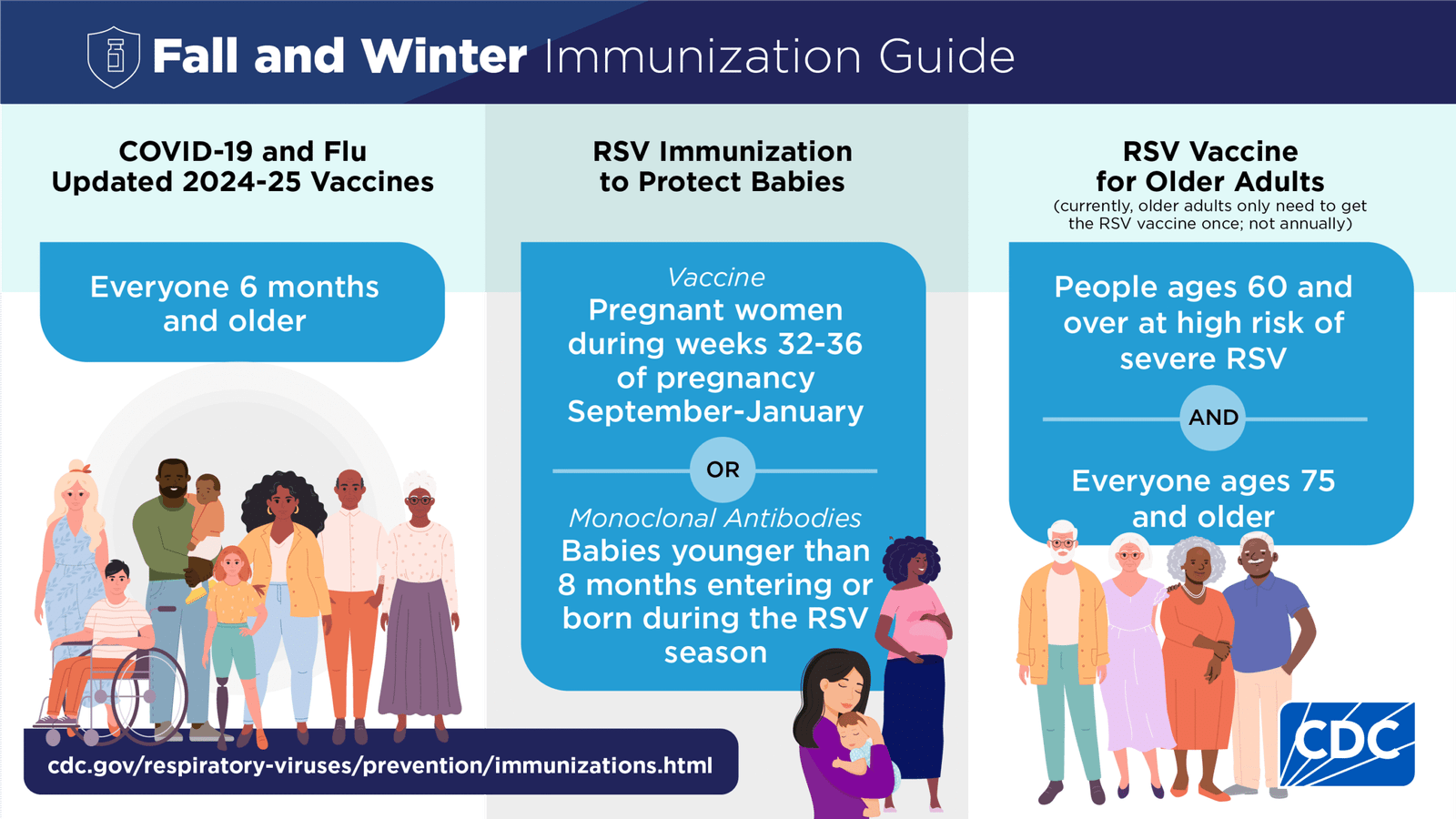
One thought on “How to Protect Yourself from Seasonal Flu and RSV?”